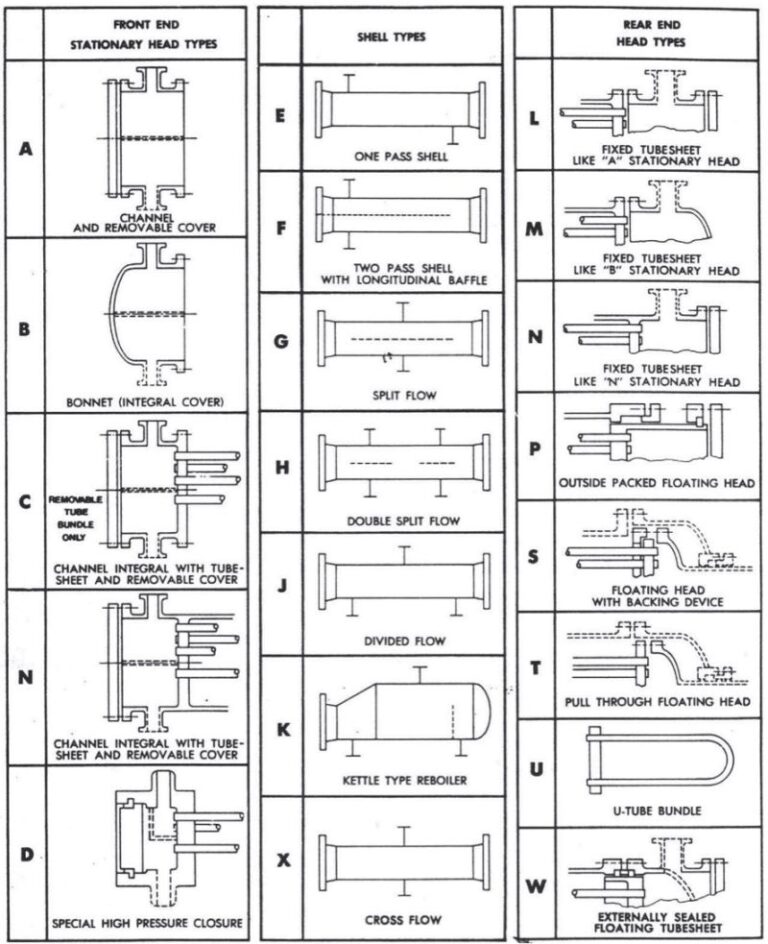- When alternating current (AC) flows through cable conductors, voltage is induced on the metallic sheath according to Faraday’s law of electromagnetic induction.
- The induced voltage on the metal sheath is proportional to the length of the cable. In the event of a short circuit current flowing in the cable, the induced voltage can reach several kilovolts. Lightning transients, such as when lightning strikes an overhead line in front of the transition pole, and switching transients in the transmission system can potentially damage the cable insulation.
- Sheath voltage limiters (SVLs) are surge arrester devices that are connected to the cable metal sheaths in the bonding systems.
- The SVL is designed to withstand the power frequency voltage appearing during normal system conditions and during faults, as well as to protect the bonding system insulation from transient overvoltage. However, the SVL is not designed to mitigate temporary overvoltage (TOV).
